Sami Culture and the History of Tromsø
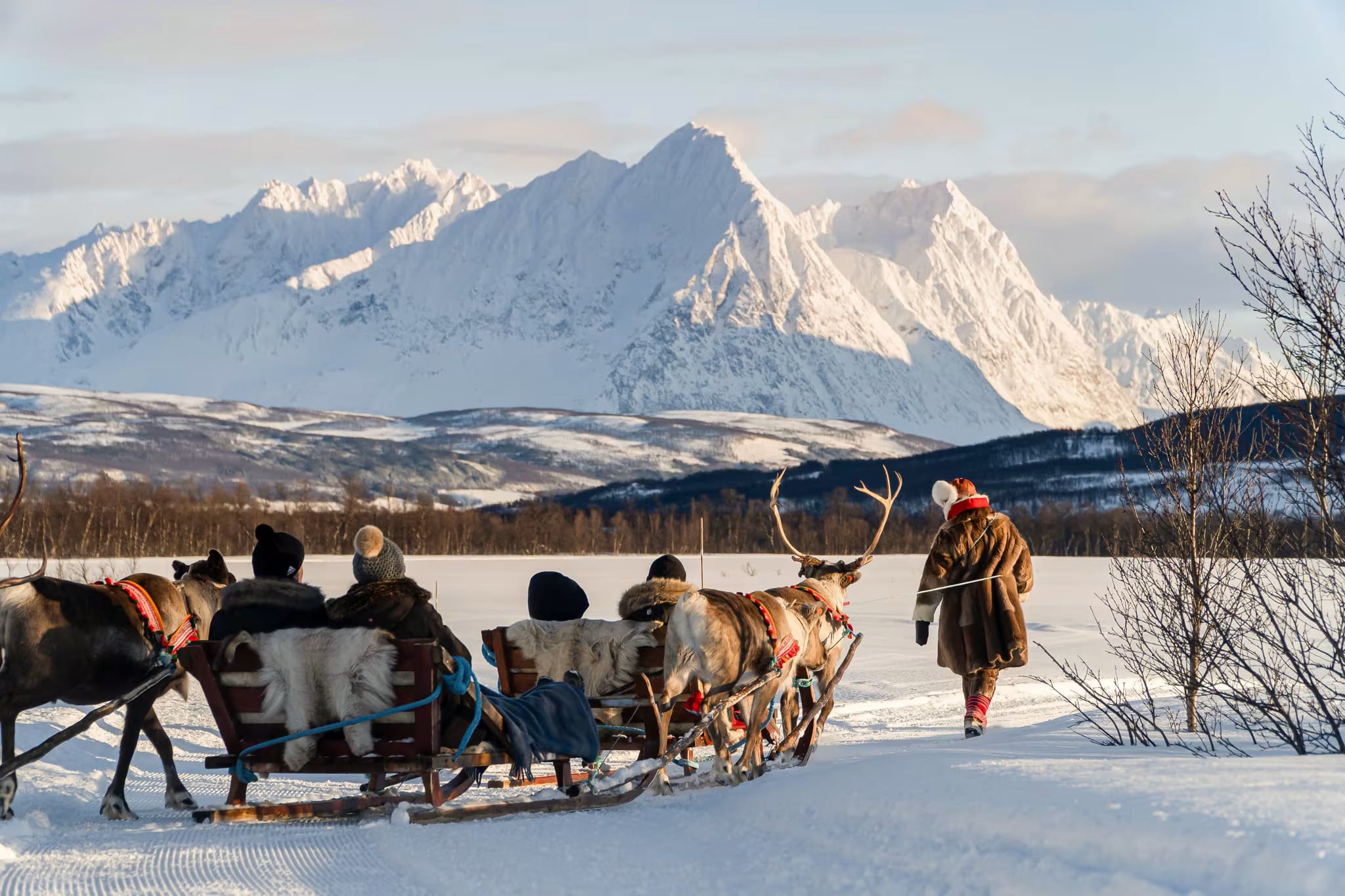
The Arctic paradise of Tromsø has a fascinating history that dates back thousands of years and a way of life that celebrates the past while embracing the future through the Indigenous Sami People.
Northern Norway’s celebrated city of Tromsø has enchanted the world and is one of Scandinavia’s most popular travel destinations for Arctic adventurers. Located above the Arctic Circle, Tromsø is one of Norway’s northernmost cities and is often referred to as the “Gateway to the Arctic”. Its remote setting on the island of Tromsøya, as well as its dramatic mountains and fjords, dense forests, surrounded by the Atlantic Ocean, make Tromsø a must-visit locale for both outdoor activity enthusiasts and nature lovers. In this article, we’ll explore the engrossing history of Tromsø, this remarkable area and its people.
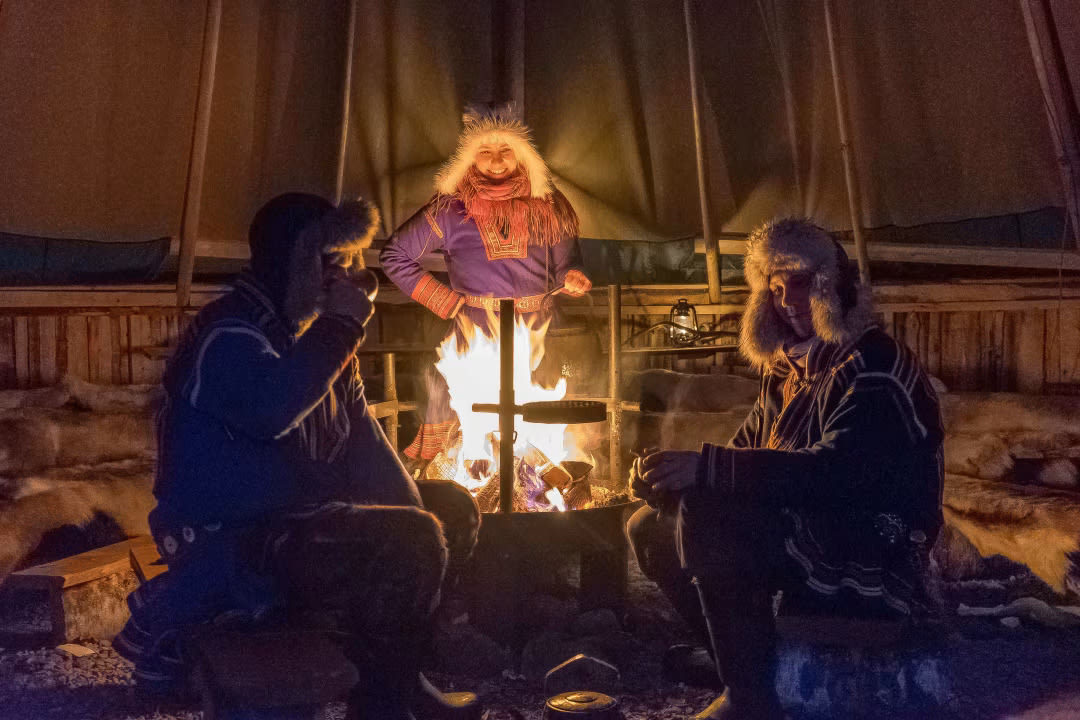
Ancient Beginnings
The history of Tromsø is altogether astounding, as traces of habitation in and around this region date as far back as 10,000 years ago at the end of the Ice Age. Archaeological evidence indicates the presence of the Sami, the Indigenous and nomadic peoples of Northern Scandinavia, who survived and flourished in the harsh Arctic winter climate by hunting, fishing, and reindeer herding.
The town of Tromsø was officially established as a settlement in 1250 but had to wait several centuries before receiving its official Norwegian town charter in 1794. Due to its strategic location, Tromsø became a northern trading post. In addition, the Port of Tromsø was commissioned in 1827. Already a historic maritime route, the construction of the Port of Tromsø was seminal in the growth of maritime trade and travel in this remote northern region because the bridge connecting the island of Tromsøya to the mainland would not be built until 1960.
It wasn’t until the 19th century that the city would show glimmers of the vibrant cultural and trade centre it is today. This is when international tourism slowly began and where Tromsø prospered as a base for trapping, fishing, and hunting expeditions, and not just for locals!
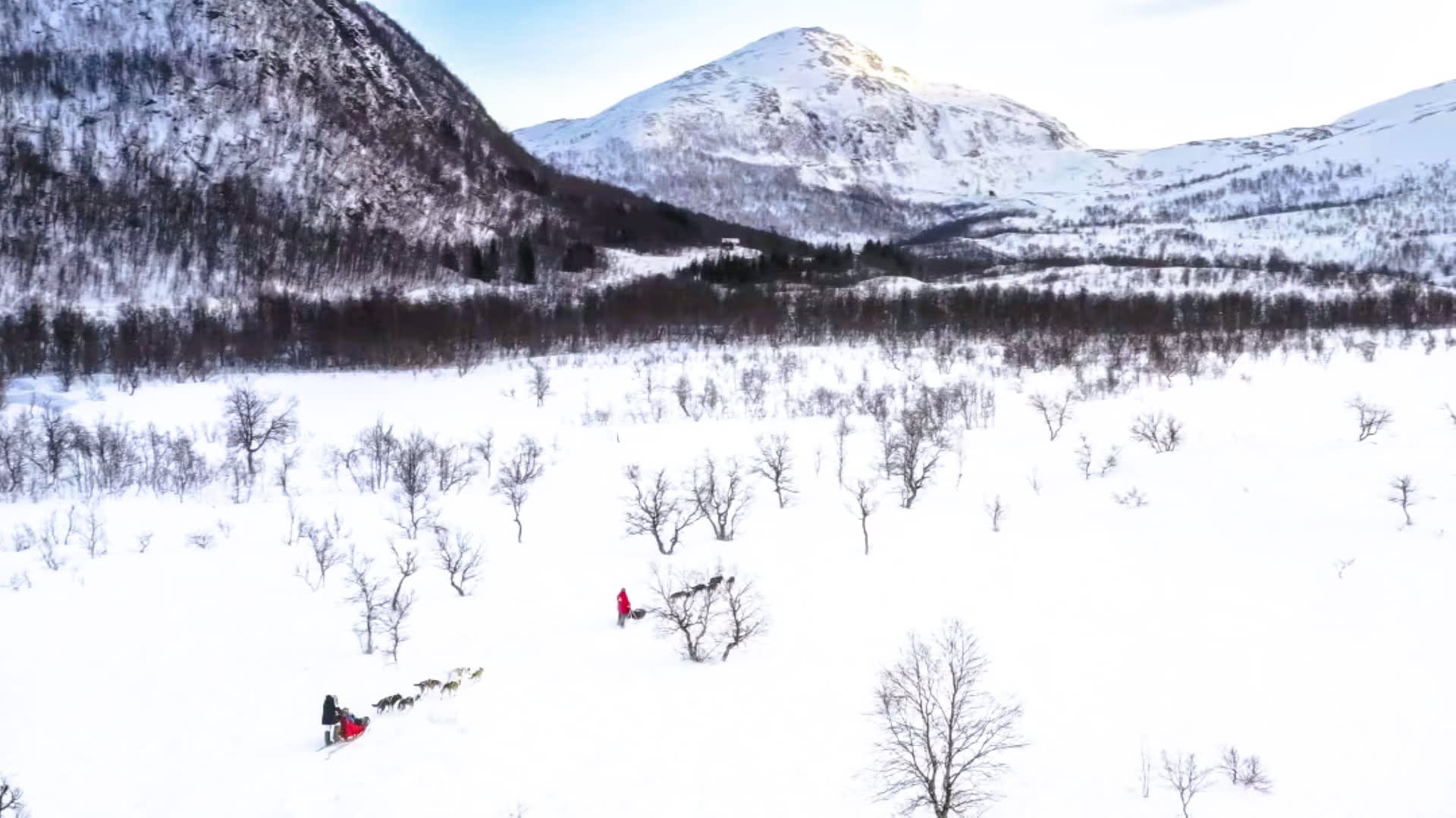
Arctic Explorers and World War II
As previously mentioned, Tromsø was fast becoming a draw for international adventurers in the 19th century and would be a central departure point for those seeking to explore the Arctic wilderness and a crucial site for obtaining necessary supplies and even their crew before venturing into the vast “unknown”. Renowned polar explorers like Roald Amundsen, Umberto Nobile, Fridtjof Nansen, etc., departed from Tromsø on their hazardous travels, making the city an important exploration expedition hub.
Fast forward to the bleak days of World War II … After Norway was occupied by the Nazis, Tromsø became a refuge for Norway’s exiled government as well as a base for the Allied Forces. One of the most noteworthy incidents during the war in Tromsø was the destruction and sinking of the German battleship Tirpitz by the British Royal Air Force. The remnants of its wreckage (located near Tromsø) can still be seen today!
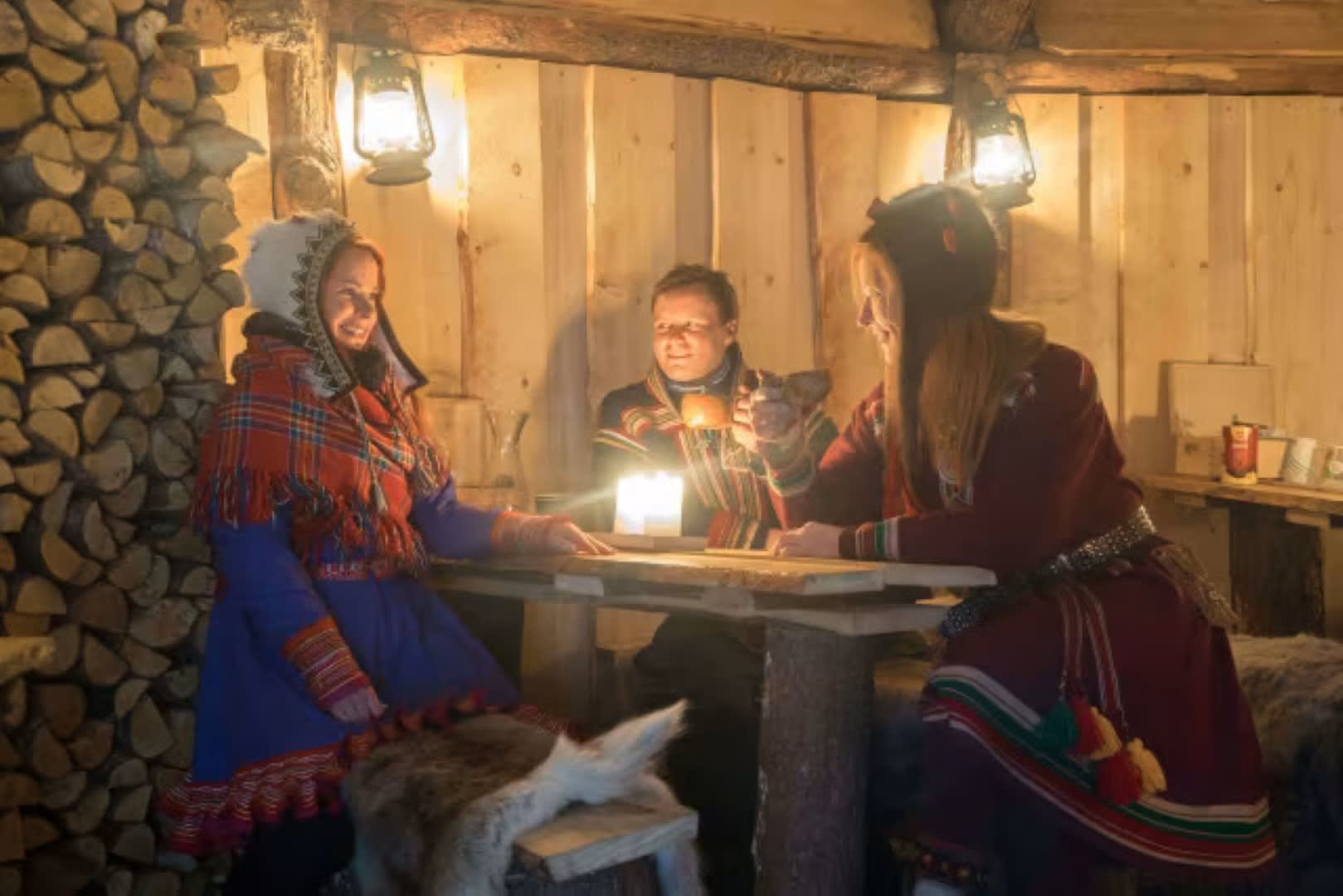
Sami Culture
Although their roots date back farther than antiquity, Sami culture is very much alive and thriving in northern Scandinavia. With the rise in international tourism in northern Norway over the past few decades, their rich heritage is globally renowned.
Their noble culture has roots in the northern parts of Norway, Finland, Sweden, and Russia, regions that are homogenously known as Sápmi. As such, each region has their own distinctive Sami language and dialect. Unfortunately, contact with other cultures has not always been peaceful and the Sami were subject to forced assimilation, exploitation, discrimination, and conflict, also marked by forced conversions to Christianity beginning in the Middle Ages up to the modern times. The Sami culture’s complex belief system was based on animism and shamanism, as well as gods and goddesses connected to significant aspects of nature.
Reindeer herding is perhaps one of the most famed aspects of Sami culture in addition to their traditional and colourful embroidered Sami garments called ‘gákti, which are worn during ceremonies and activities relating to reindeer herding. In addition, their handicrafts ‘duodji’ made from wood, bone, and leather, not only reflect the Sami’s deep connection to nature but are also practical goods, such as knives, cups, and clothing. Lastly, the Sami music tradition of Joik is one of the oldest musical traditions that still continues in Europe to this day! This distinctive rhythmic vocal style tells tales relating to animals, places, or people, capturing the spirit of its subject.
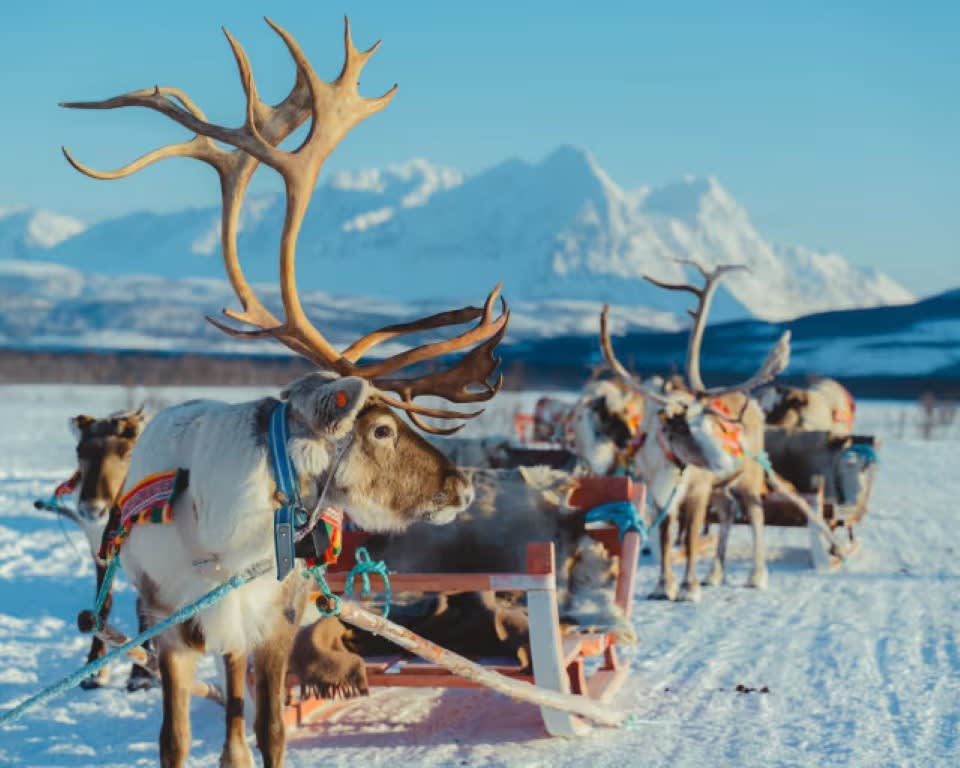
Best Cultural Activities in Tromsø
If you’ve already experienced the rush of snowmobiling and the thrill of dog sledding in Tromsø, perhaps you’d like to learn more about this fascinating city and its storied history and culture. In that case, we highly recommend paying a visit to the Polar Museum, which explores Tromsø’s maritime history as well as the legacy of its explorers and trappers. In addition, The Arctic University Museum of Norway’s exhibits delve into the captivating subjects of northern nature, society, and history, including the Sami culture.
However, the best way to learn about the Sami people is from the Sami themselves! Excursions such as reindeer sledding in Tromsø, reindeer feeding, and Northern Lights with reindeer feeding combined with a special Sami cultural experience complemented by traditional Sami food, such as 'bidos', a slow-cooked reindeer meat stew with vegetables, make for an immersive, unforgettable, authentic experience in Tromsø! (As an aside: these majestic creatures are absolutely adorable and having up close and personal interactions with them in their natural habitat is truly amazing!)
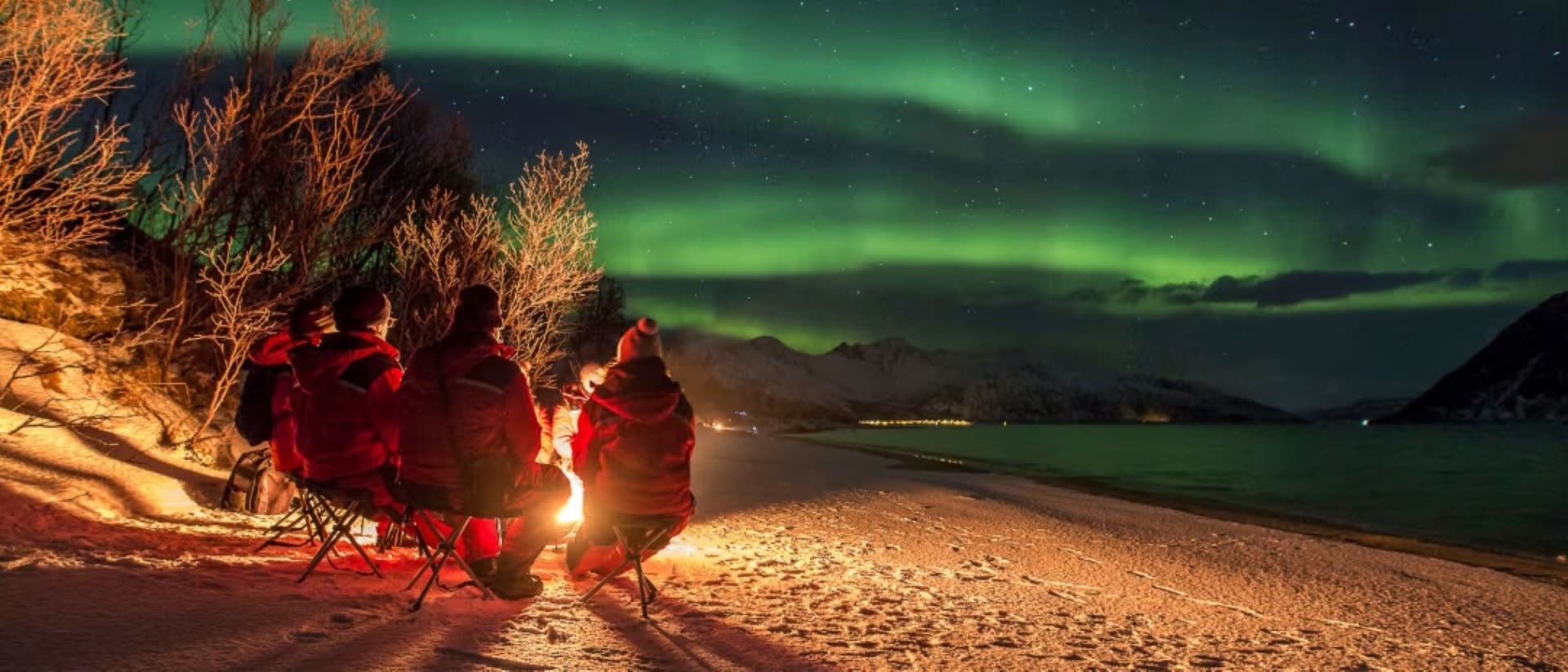
In Conclusion
Today, Tromsø is no longer the hunting and trapping capital of Norway. Rather, it is now an international leader in Polar Research with a reputable university that focuses on Northern Lights research, fishery science, Sami culture, etc. In addition, the Port of Tromsø is currently one of Norway’s most important fishing and cruise ship ports. This’ jewel of the Arctic’ hosts thousands of tourists a year. With its breathtaking wilderness and multi-faceted culture, it’s not hard to see why. The complex and captivating history of Tromsø is perhaps too complex to sum up in a brief article. Nevertheless, we hope you’ve enjoyed it and that it will further motivate you to embark upon your own adventure of a lifetime in the wilderness of beautiful Norway!
In love with all things Tromsø? Wander over to our other articles including the Top 5 Fun Facts about Tromsø, The Definitive Guide to Dog Sledding in Tromsø, and the Best Family-friendly Activities in Tromsø.